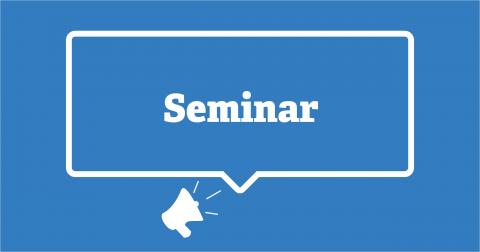Title
The visual system and the natural environment: perceptual, behavioral and computational advances
Speaker
Agostino Gibaldi
University of California, Berkeley
Host
Silvio P. Sabatini
Abstract
As humans explore the visual environment, they make two to three fixations a second. At each fixation, each eye has to focus on the target to obtain sharp vision, the two eyes must be correctly aligned on the target, and the images formed on the two retinas have to be fused into a single percept. These processes must be achieved rapidly and effectively, in order to form a robust and reliable perception before we move to the next fixation.
We know that the visual system exploits regularities of the natural environment to facilitate the perceptual task. The natural environment has specific regularities: it contains many opaque objects such that farther objects are often occluded by nearer ones. It is also structured by gravity, so many surfaces are earth-horizontal (e.g., grounds and floors) or earth-vertical (trees and walls). As a result, these regularities are constrained and dependent on position in the visual field.
We showed how the visual system is finely adapted to these regularities to optimize binocular coordination and stereopsis but also the eye focus. This result provides an insight on the neural mechanisms of human vision, that can be exploited in different research and applicative fields from neuroscience and experimental psychology to virtual and augmented reality, but also computer and robot vision.
Bio
Agostino Gibaldi received his degree in Biomedical Engineering from the University of Genoa, Italy, in 2007, and his Ph.D. in 2011. He started working on bio-inspired computational modeling of the early visual system, for tasks like eye movement control or disparity and optic flow estimation. The models he devised are not just descriptive of behaviors but are able to provide functional capabilities for robot vision in real world. Being deeply unsatisfied of data available in literature that he needed in order to devise, implement and test his models, he moved to Vision Science. He soon found out that it is other than easy to obtain good data from human being… He is now trying to solve his disappointment working at the School of Optometry of UC Berkeley, focusing mainly on the relation between the functional capabilities of the human visual system and the regularities present in natural environments.
When
Thursday, June 27, 2019, 11:30 am (tentative)
Where
Conference Room "Vincenzo Tagliasco", Villa Bonino, Viale Causa 13, Genova
